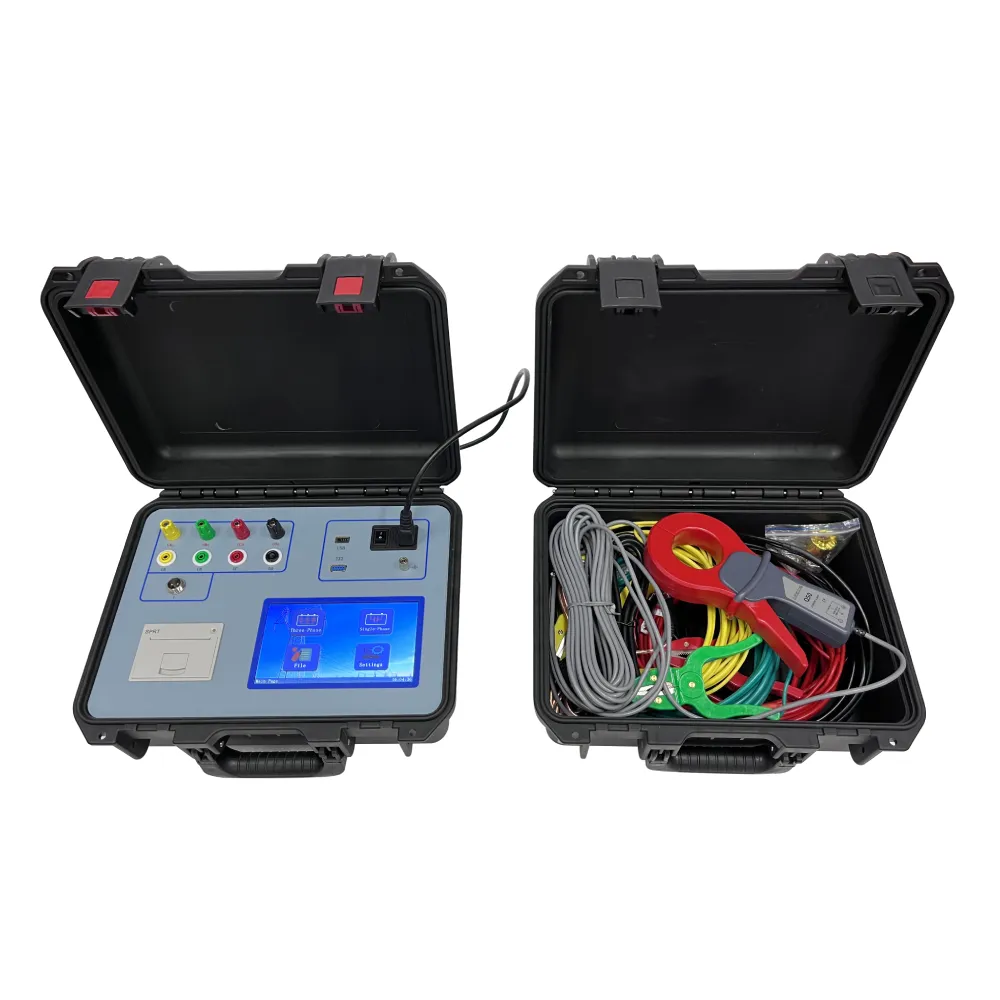 English
English


hipot test safety
Understanding the Importance of Hipot Test Safety
In today's fast-paced technological landscape, ensuring the safety and reliability of electrical devices is paramount. One of the critical processes used to evaluate the safety of electrical equipment is the High Potential (Hipot) test. This testing method helps identify insulation failures and other potential issues in electrical devices, making it vital for manufacturers and engineers. However, while Hipot testing is crucial for safety, it is equally important to understand and prioritize safety measures during the testing process itself.
What is a Hipot Test?
The Hipot test is designed to assess the integrity of insulation in electrical devices by applying a high voltage between the conductive parts and the non-conductive parts of the device. The primary goal is to ensure that the insulation can withstand over-voltage conditions and prevent electrical shocks or fires that could arise from insulation failures. During a Hipot test, devices are subjected to voltage levels that are significantly higher than their normal operating voltage, which can be several times the rated voltage.
There are different types of Hipot tests, including the dielectric withstand test and the insulation resistance test. The dielectric withstand test examines the ability of the insulation to endure extreme voltage, while the insulation resistance test measures the resistance offered by the insulation to direct current. Both tests are essential in ensuring that electrical products meet stringent safety standards.
Safety Measures During Hipot Testing
While Hipot testing plays a critical role in ensuring the safety of electrical devices, it is not without risks. The high voltage levels used in these tests can pose significant hazards to operators, equipment, and the surrounding environment. Therefore, it is essential to implement rigorous safety measures during the testing process.
1. Training and Certification Personnel conducting Hipot tests must be adequately trained and certified. Understanding the equipment, testing procedures, and potential hazards is crucial. Regular training updates can help ensure that operators maintain an acute awareness of safety protocols.
2. Personal Protective Equipment (PPE) Operators should wear appropriate PPE, including insulated gloves, safety glasses, and flame-resistant clothing. This gear can provide an additional layer of protection against electrical hazards.
hipot test safety

3. Proper Equipment Setup Setting up the Hipot testing equipment should be performed meticulously. Ensure that all connections are secure, and that the testing environment is free from moisture or other conductive contaminants. Grounding the device properly is also imperative to prevent electrical shock.
4. Use of Remote Control and Indicators Operators should utilize Hipot testers equipped with remote controls and visual indicators. These features enable users to start tests from a safe distance, reducing exposure to high voltage. Additionally, clear visual indicators can help operators track the testing process.
5. Area Control and Signage It is vital to restrict access to the testing area. Warning signs should be prominently displayed to inform personnel of the testing activities and associated risks. Only authorized personnel trained in Hipot testing should be allowed in the vicinity during tests.
6. Time Limits on Testing The duration of the Hipot test should be kept to a minimum necessary to obtain accurate results, as prolonged exposure to high voltage can increase risk. Operators should always be aware of the time limits associated with the specific tests being conducted.
7. Regular Equipment Maintenance The Hipot testing equipment itself must be well-maintained and routinely checked for faults. Ensuring the calibration of testing devices is crucial for obtaining accurate results and maintaining safety.
8. Emergency Preparedness Finally, having a clear emergency response plan is essential. All personnel should know the procedures to follow in the event of an emergency, such as an electrical shock or equipment failure.
Conclusion
In conclusion, the Hipot test is an invaluable tool in ensuring the electrical safety and reliability of devices. However, with the application of high voltages, it is imperative to prioritize safety throughout the testing process. By implementing rigorous training, utilizing proper safety equipment, maintaining strict area controls, and developing emergency plans, companies can minimize risks associated with Hipot testing. Ultimately, the goal is to protect not only the devices being tested but also the health and safety of the personnel involved in the process. Adhering to these safety measures will help foster a culture of safety in electrical testing and beyond.
-
Differences between open cup flash point tester and closed cup flash point testerNewsOct.31,2024
-
The Reliable Load Tap ChangerNewsOct.23,2024
-
The Essential Guide to Hipot TestersNewsOct.23,2024
-
The Digital Insulation TesterNewsOct.23,2024
-
The Best Earth Loop Impedance Tester for SaleNewsOct.23,2024
-
Tan Delta Tester--The Essential Tool for Electrical Insulation TestingNewsOct.23,2024





